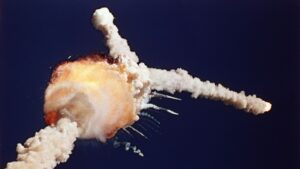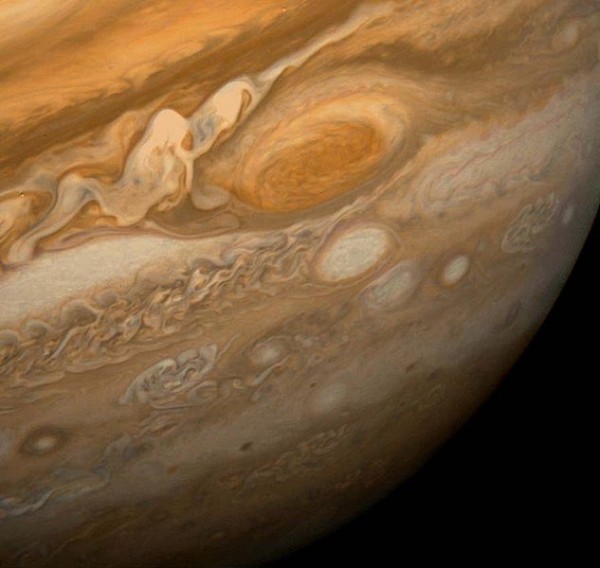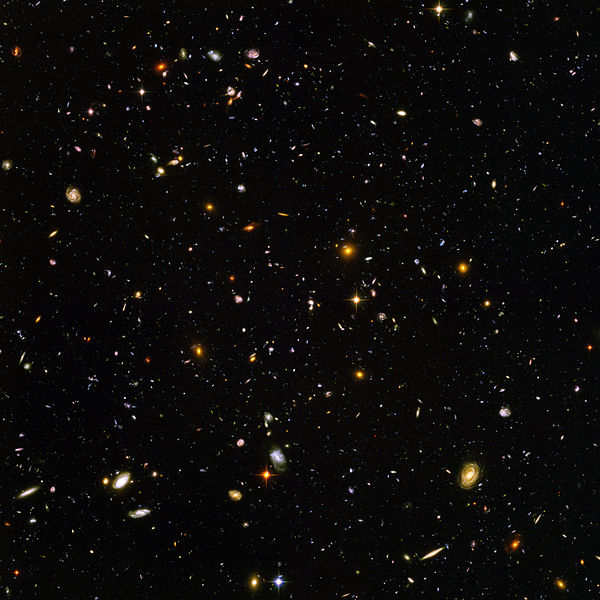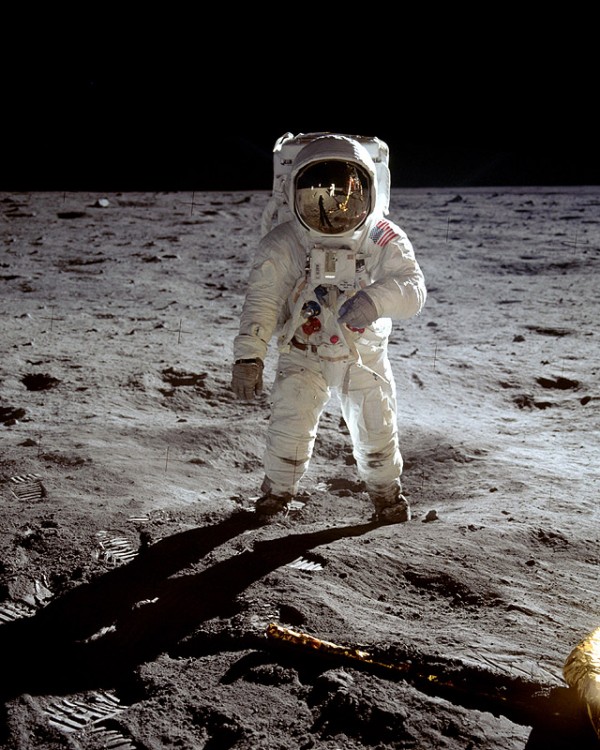5. “A Presidential Panorama of Mars”, 1997

Sadly, there were no Martians spotted when “A Presidential Panorama of Mars” was taken. Perhaps if there were then people would have treated it less as a curiosity and more like the truly groundbreaking mission it represented. Still, it showed that space exploration could still capture the popular imagination—even if just for a little while. As you can see here, NASA took great care in the detailing of this photo, including the naming of nearby rocks, like the one being poked at by the Sojourner Rover. That is Yogi. This 360 degree view is what a man would have seen had he landed on the planet instead of the Mars Pathfinder. The mission was a great success and it expired a full two months longer than initially thought. The pathfinder lander was renamed the Sagan Memorial Station, in memory of space enthusiast Carl Sagan.
4. Challenger

This photo of the smoke plume told the world everything they needed to know about the Space Shuttle Challenger disaster. Seven brave astronauts perished during the breakup that took place a mere 73 seconds into flight. The crash resulted in a stoppage of the shuttle program for over two and a half years. The program never really got going again as images such as this one served to disenchant the public. Humans had conquered the moon and Earth’s orbit, so the human risk (and financial investment) was no longer worth the possible discovery. The mismanagement of the Challenger disaster wounded the shuttle program fatally, an injury made worse by the Space Shuttle Columbia disaster of 2003. The program has limped along until finally being put out of its misery in 2011.
3. Jupiter’s Great Red Spot

If there is one thing that this photo demonstrates is the turbulent, awesome nature of Jupiter’s atmosphere. The spots you see, including the famous Jupiter’s Great Red Spot are not anchored to any geological feature of the planet. The planetary birthmark in front of you is a persistent super hurricane, an elemental phenomenon that points to a mostly fluid planetary surface. The hurricane itself is probably as powerful as some of the worst hurricanes on earth, but even more impressive is its size: it can fit three earths. Astronomers have known about the red spot since 1665, when Italian astronomer Gian Domenico Cassini first spotted it (pun intended).
2. Hubble Ultra-Deep Field

The Hubble Ultra-Deep Field image was compiled from months of data between September 2003 and January 2004. The goal of creating this image was to identify distant galaxies that originated during the initial Big Bang. A spot was selected in the Fornax constellation where there was a low amount of brightly lit stars to cause interference. The resulting image contains a mind boggling 10 thousand different galaxies within its confines. Can you count them all? This image was a precursor to Hubble’s Extreme Deep Field image that shows the 13.2 billion year old galaxies in higher definition (the Big Bang happened an estimated 14 billion years ago).
1. Apollo 11 ‘Visor Image’

That is one small photo by a man, one giant photo taken for mankind. Buzz Aldrin, the second man to set foot on the moon, poses while Neil Armstrong uses Buzz’s visor as a mirror in order to take a picture of himself. In all seriousness, this photo encompasses two of the bravest men to ever grace our planet. Men who risked life and limb for scientific advancement and who inspired a generation of space seekers worldwide. This photo is considered the best to have been taken during the mission, and will continue to live on as an inspiration to scientific imagination.